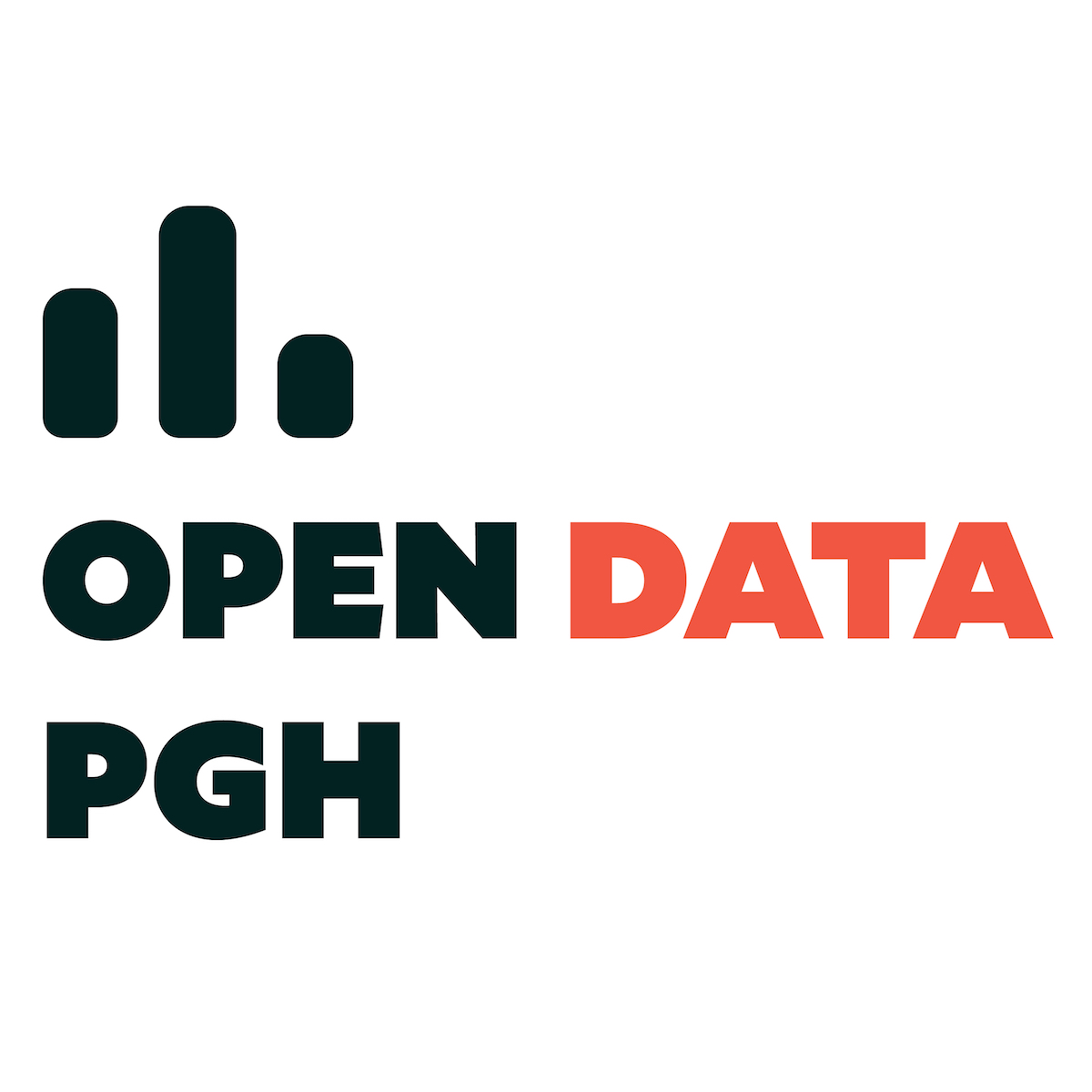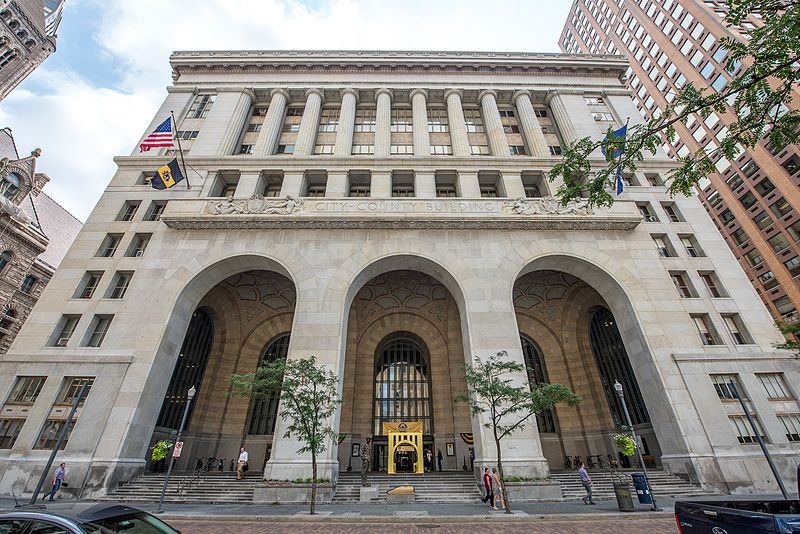
This story appears as a part of Open Data PGH, a joint reporting project by Technical.ly and PublicSource on open data trends in Pittsburgh, underwritten by Heinz Endowments. Learn more here and get updates here.
From the products and services we use to the communities we live in, design helps determine what it’s like to be human, to be you.
The paper application you filled out; the street you crossed; the alarm clock you set to wake you; the website you’re reading this on: They’re all designed, because they’re all the material, experiential or digital result of human decisions.
The world is full of good and bad decisions, and so the world is full of good and bad design. But no one sets out to make a frustrating application, or a street that’s difficult to cross. Bad design can come from a lack of understanding of what people need or want, from ideas that were thought of by only a few brains, or from not testing out new products or services before they launch.
In local government, well-meaning policymakers and public servants have long taken a paternalistic approach to making decisions and providing services, designing for people and not with them. Cities and counties looking to create services that better meet citizens’ needs, and solve problems in ways that incorporate community voices, have begun using human- or user-centered design (HCD) methods. This new way of working infuses the perspectives of residents at every step, from understanding an issue to thinking through new ideas to testing out and improving possible solutions.
In Pittsburgh, the City, County and their governmental partners are using human-centered design methods to elevate services, improve internal performance and make local government more transparent. As a former fellow at Harvard University’s Ash Center for Democratic Governance & Innovation and the director of a user research and design studio, I’ve worked on many of the local projects aimed at making government better through design.
These five snapshots show the range of ways public servants are using human-centered design to better understand and meet residents’ needs.
1. The City of Pittsburgh’s user-friendly website
As the City prepared to launch its new website in 2017, there was a heavy emphasis on ensuring that information would be easy to find, and that site could be navigated with ease.
One of the development team’s standout features was a widget at the top of the homepage, with quick links to the items users most often searched for on the previous site. The links were sorted into three categories: explore, pay and register/submit.
To ensure that the design was as intuitive as possible, the team conducted a series of user experience tests. The team gathered both city employees and residents to “test” the widget, giving each user a series of tasks (“find the application for a building permit”). As the users attempted to complete each task, they spoke everything they were thinking out loud, from saying what they were clicking on to giving voice to questions and confusing.
After a number of tests, the team identified shared user challenges, resulting in a list of 12 potential, significant changes to the widget.
2. Western Pennsylvania Regional Data Center’s (WPRDC) property dashboard
In designing its property dashboard, WPRDC utilized a similar, task-based user experience testing process. They identified which aspects of the dashboard were intuitive for users and which were not, and used a card sorting activity to identify which features were most important to users.
Here, they placed each major feature on a separate card and asked users to “sort” the cards into three groups: essential features, “not to have” features, and those which were less important. Through this process, the team was able to prioritize development of a way to see entire portfolio of the properties an owner has.
3. Allegheny County Department of Human Services’ user personas
In addition to improving digital experiences, user-centered design can also enhance a range of physical experiences and services. Over the past year, DHS has conducted a user research process to understand the experiences of those seeking drug and alcohol treatment, and ultimately improve how residents access those services.
DHS began by conducting user interviews with 63 individuals, including those in treatment, their family members and friends, and staff at treatment programs. The team asked a number of questions, including, “How did you learn about treatment?” and “How might we make it easier for someone to access treatment?”
They pulled questions and observations from the interviews and looked for patterns and themes, ultimately creating personas — representations of the types of people they encountered in their research. One example persona, Brian, is “a new (treatment) consumer who’s feeling pressured by his family.”
By creating fake, but representative users, DHS has ensured that its work to redesign access to treatment is informed by actual clients and their families.
4. Allegheny County Economic Development’s (ACED) economic development apps
Design research is not only a way to make individual experiences better, but can be put to use to enhance an organization’s experience.
ACED recently launched a multi-year effort to digitize its economic development applications. ACED processes over 1,000 applications each year to fund an average of 366 projects with $49 million of funding from federal, state and local sources. Applicants include a range of community development corporations, municipalities and nonprofits. Currently, each of these entities battles with cumbersome application processes, requiring the submission of paper documents.
While ACED is more advanced than many of its peers nationwide, it saw an opportunity to improve the experience of its constituents through an online application portal. Instead of just putting the applications online, ACED has joined with my team to launch a user research effort aimed at understanding what is particularly frustrating about the current application experience, as well as the special workarounds users have found.
One method our team is using are journey maps, which help to visualize the steps involved in applying, and the experience of the applicant organization at each of these moments. Ultimately, we’ll work alongside users to identify possible new features for the portal, such as automatically imported demographic and property data.
5. Design thinking for improved internal performance
While each of these projects involved external users (residents and others outside of City or County government), human-centered design is also being used to improve internal performance.
The City of Pittsburgh’s Department of Innovation and Performance (I&P) has offered design thinking workshops to City employees, and is using these methods to structure more effective and collaborative meetings. As part of an ongoing project to streamline and restructure how data is transferred across the City, I&P is framing City employees as end-users and working to deeply understand their data needs.
By practicing a user-centric orientation in its work within City government, I&P is building a foundation for long-term user-focus, and modeling in-house the kinds of practices that local, state and federal governments are increasingly using to improve — in small and meaningful ways — our experience in the world.
Get Pittsburgh stories in your inbox weeklyJoin the conversation!
Find news, events, jobs and people who share your interests on Technical.ly's open community Slack




